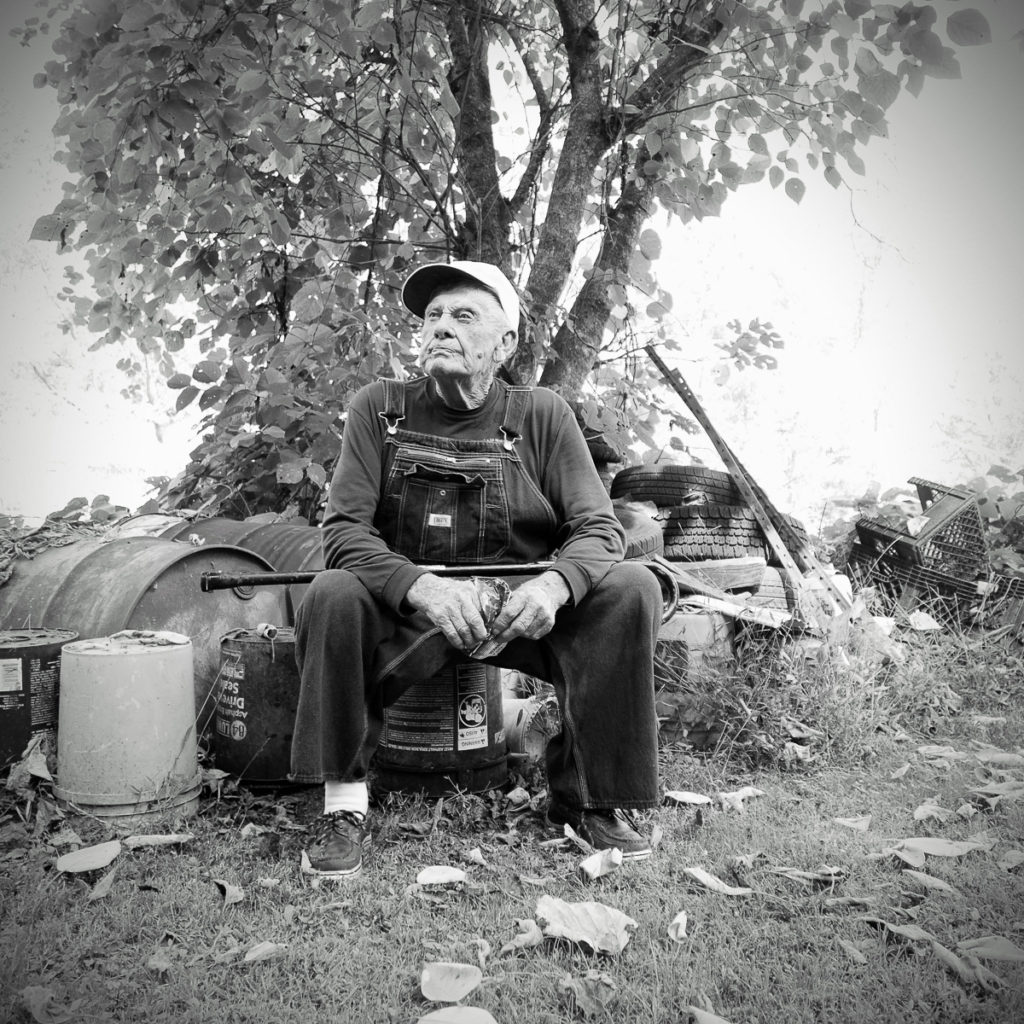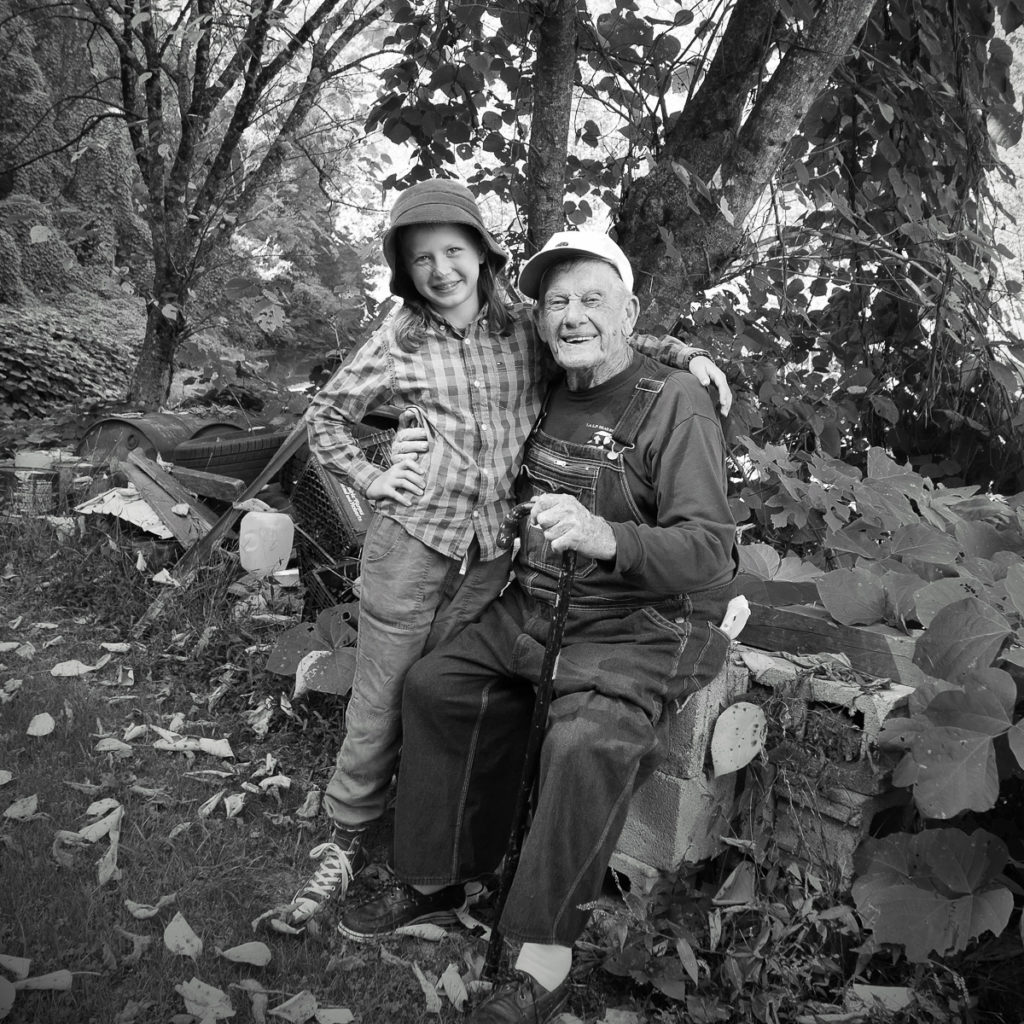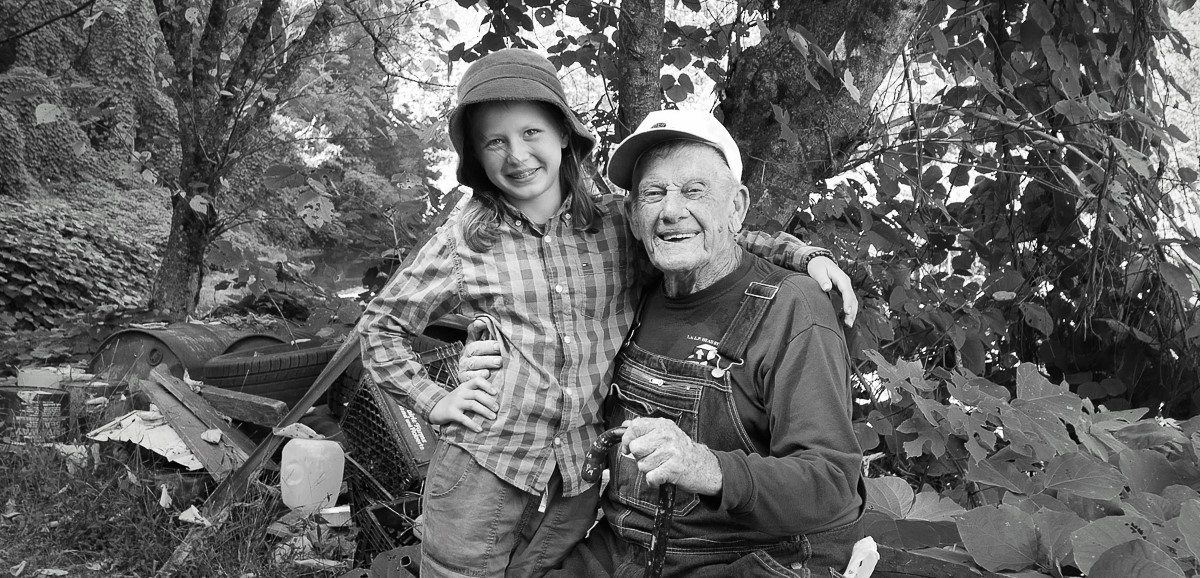Radio Bristol is excited to share “The Root of It,” a new series connecting today’s influential musicians to often lesser known and sometimes obscure musicians of the early commercial recording era. The sounds and musicians we hear today on platforms like Radio Bristol can often be traced back to the sounds of earlier generations. What better way to discover these connections than to talk to the musicians themselves about some of the artists that have been integral in shaping their music? These influences, though generally not household names, continue to inspire those who dig deep to listen through the scratches and noise of old 78s, field recordings, and more, finding nuances and surprises that inevitably lead them on their own unique musical journeys.
For this installment of “The Root of It,” we spoke with Brooklyn, New York native Nora Brown. At the early age of six, Nora took an interest in old-time banjo music from the regions of Eastern Kentucky and Tennessee. She began traveling down south to learn from masters steeped in this musical tradition, including Eastern Kentucky banjo player Lee Sexton. Flash forward ten years later, and Nora is an inspiring and influential performer who has released successful projects on Jalopy Records, performed all over the country, and been asked to be a part of renowned series such as NPR’s Tiny Desk Concerts and more. Below, Nora shares her musical journey that inevitably led to meeting and learning from Letcher County’s Lee Sexton, who much like Nora, learned two-finger and drop thumb banjo styles at an early age.
Nora Brown performing “Miner’s Dream” based on a version she learned from a Virgil Anderson recording.
Nora Brown:
Like most people, I love being told stories. Whether it’s a firsthand experience being retold or a book being read aloud, listening to a story is something I’ll always enjoy. I remember when I was younger, staying over at my grandparents’ house, before bed I’d beg my grandmother – Nan – to tell me what she called “Rockaway stories.” As a child growing up in the Bronx, Nan would take the IRT (Interborough Rapid Transit) line to the BMT (Brooklyn-Manhattan Transit) line out to the far Rockaways where she would stay with her grandmother for the summer. Upon my requests, she would sit at the end of my bed and tell me about when Aunt Peggy got caught clipping roses from a neighbor’s flower-filled garden or about her grandfather who refused to leave the bungalow during hurricane season, stationed with his pipe and by the radio through the storm. It didn’t matter how many times I heard these stories, the best part about this was hearing her recall those memories from years ago.
Storytelling and oral traditions have served as a vital part of various cultures throughout the world. In West Africa, griots – also known as jalis – held the responsibility of learning and passing on oral history in the form of storytelling or song. Cool fact: an instrument often used in the griot tradition to accompany storytelling is the khalam or xalam, which happens to be an ancestor of the banjo! This position was extremely valued in the time when recording history was not easy; griots would serve as advisers for royal persons as they not only existed as living archives but were also extremely familiar with the geography of their region. The griot tradition continues to be practiced today in many parts of West Africa, demonstrating the power and timelessness of storytelling – that it continues to be empowering to honor the history of your community and tell the stories of those who came before you.

I have had the pleasure of spending time with an incredible person and musician: Lee Sexton. Living in Linefork, Kentucky, on the land he grew up on, Lee was a former coal miner and master banjo player. I had listened to Lee a lot and played a couple of his tunes prior to meeting him, but learning directly from him and hearing his stories changed my relationship with the music I play completely. The first time I went down to visit Lee, I felt really nervous, the kind of nervousness that you feel in your fingers – kind of an ache. I think this feeling probably stemmed from my belief that our differences in place of origin would create a divide between us, preventing any mutual connection. This feeling would persist as we pulled into his driveway and as he yelled “Come in” from the couch inside his home in response to our knocking. As we sat down and shared tunes, stories, and food, slowly my nervousness dissipated and was replaced with a feeling of comfort and security. I think that the act of sharing music or sharing a story with someone is not only incredibly generous, but ties the sharer and receiver together through their new shared experience.

Prior to my first visit with Lee, I hadn’t had the experience of learning from someone who had grown up with the tradition and learned the same way – person to person. Lee reminded me of the power of storytelling. Spending time with him taught me that there is much more to traditional music than just learning the old songs, that stories told alongside them provide context that gives them meaning. Lee has helped me build a personal connection to the music I play and has made me understand why so many of us love it so much.
Home performance of Lee Sexton at 90 years old playing a two-finger version of “Cumberland Gap” with Nora at 12 years old.
Lee Sexton playing an inspired version of “St. Louis Blues.”
Nora Brown’s latest project Sidetrack My Engine on Jalopy Records releases September 23, 2021, and her debut release Cinnamon Tree can be purchased at Norabrown.bandcamp.com. For more information about Nora and her music, visit norabrownmusic.com.
Nora Brown is a talented banjo player from New York. Kris Truelsen is the Program Director at Radio Bristol.



